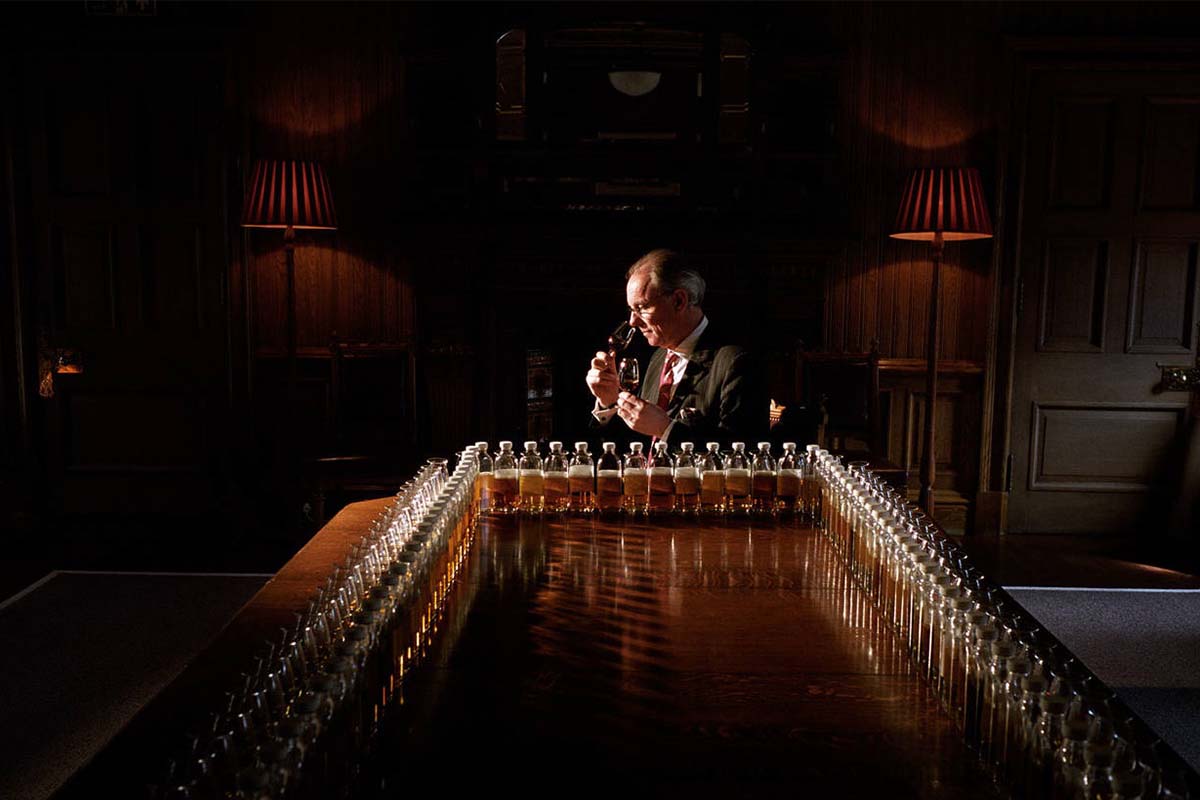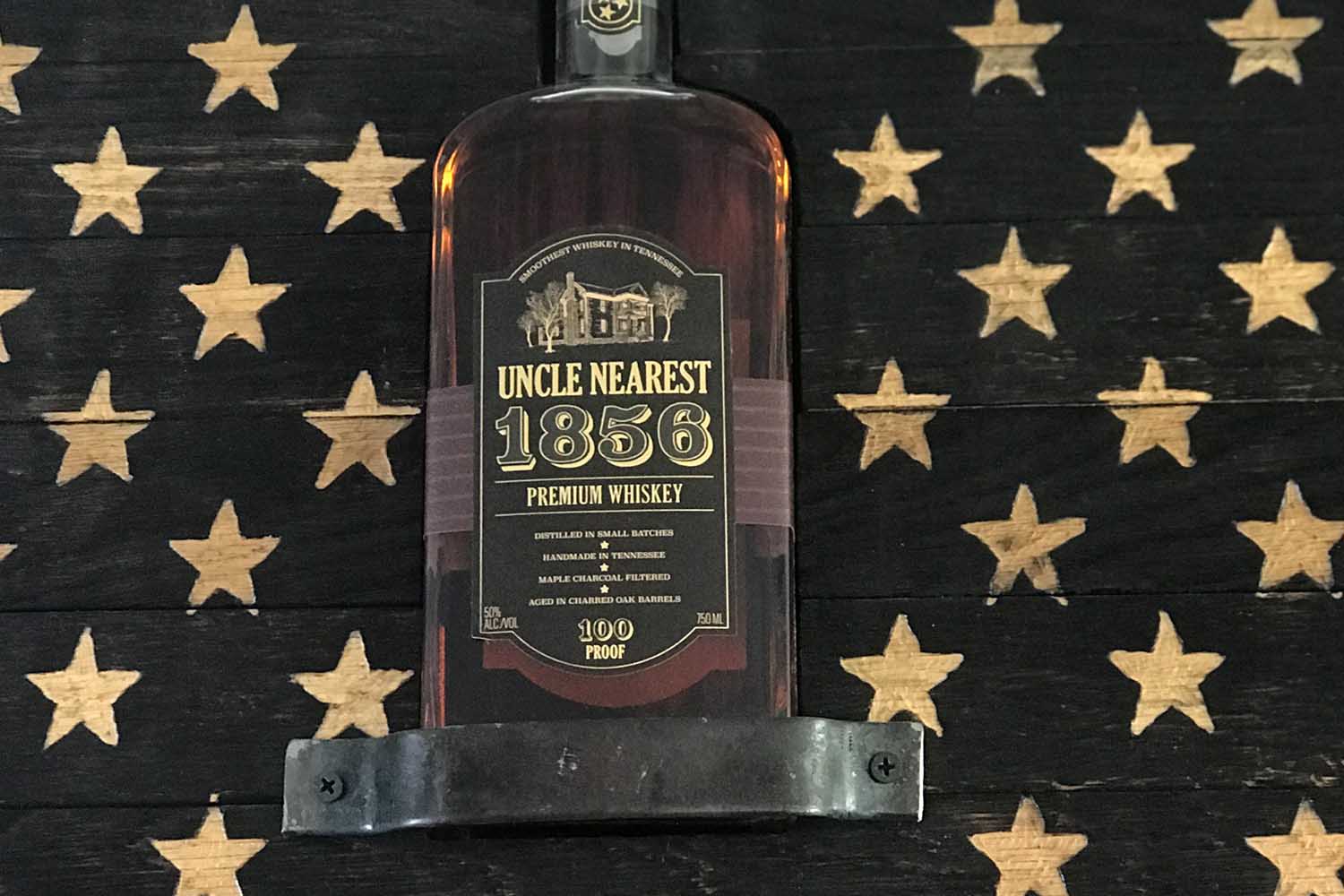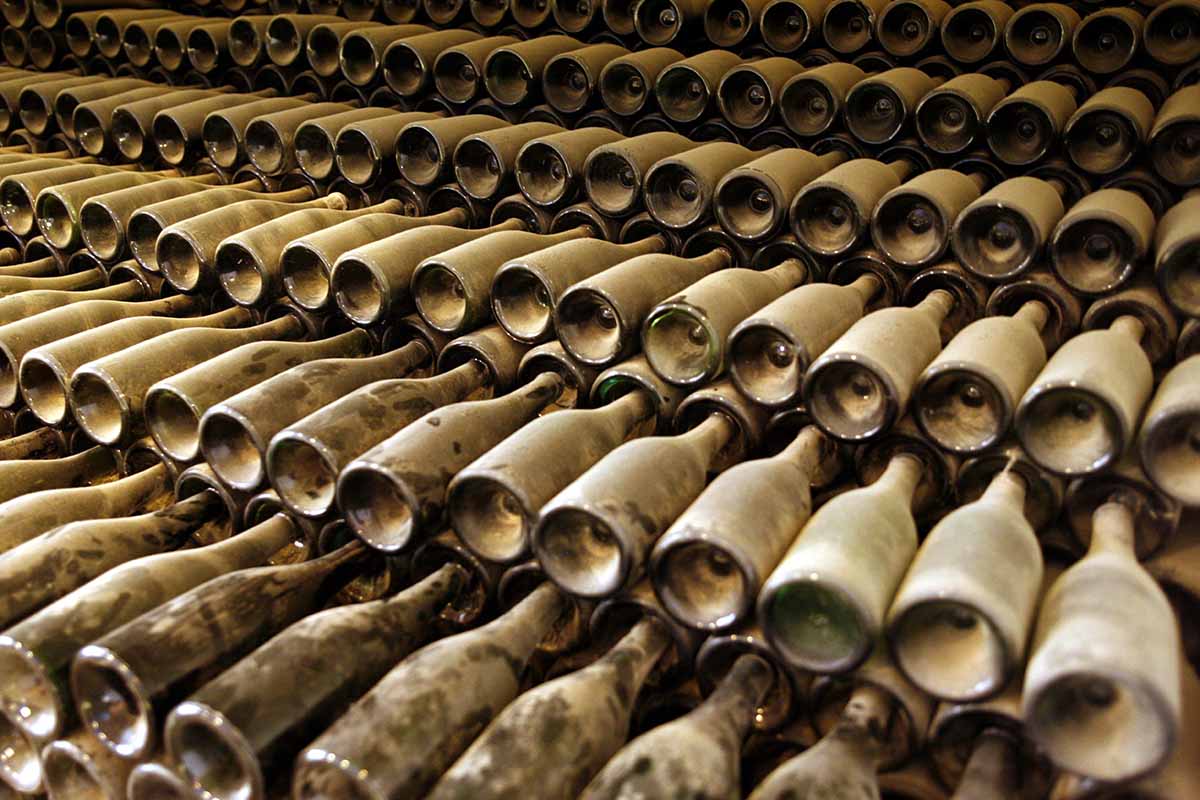“No one could ever hope to assemble all of these bottles into a single collection, but the fun of it is the fantasy that we could.”
So suggests spirits writer and New York Times editor Clay Risen in his new spirits tome The Impossible Collection of Whiskey, just released by arthouse publisher Assouline. Within the book, he hand-selects 100 of the “most exceptional and collectible” bottles from around the globe, drawing from both the whiskey standard bearers (Scotland, Ireland, United States) and a few surprise entries (see: the Czech Republic).
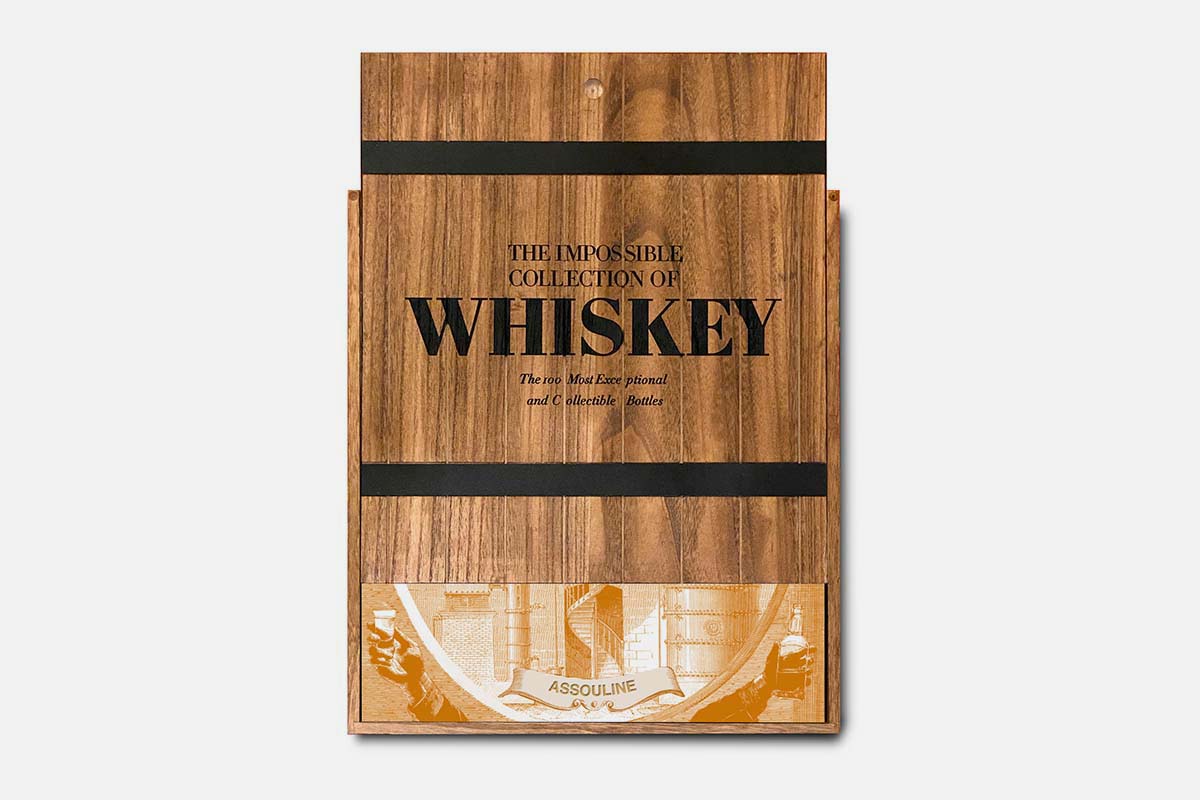
Risen — a historian himself whose 2016 NY Times feature “Jack Daniel’s Embraces a Hidden Ingredient: Help From a Slave” was possibly the most important whiskey story of the last decade — also documents his own interest in the spirit, from drinking a Blanton’s single barrel with his dad to sampling a 50-year old Glenfiddich and tasting an ancient Old Overholt that was distilled in the first decade of the 20th century, when it was owned by banking tycoon Andrew Mellon.
“Here is a bottle that tells a story about America — about wealth, politics and culture — in a way that no book or film ever could,” as Risen notes, later suggesting that whiskey is “among humanity’s greatest achievements, up there with fire and parliamentary democracy.”
The good news is that even as Risen spotlights this fantasy collection, he still believes even the rarest bottles need to be tasted and shared to be appreciated.
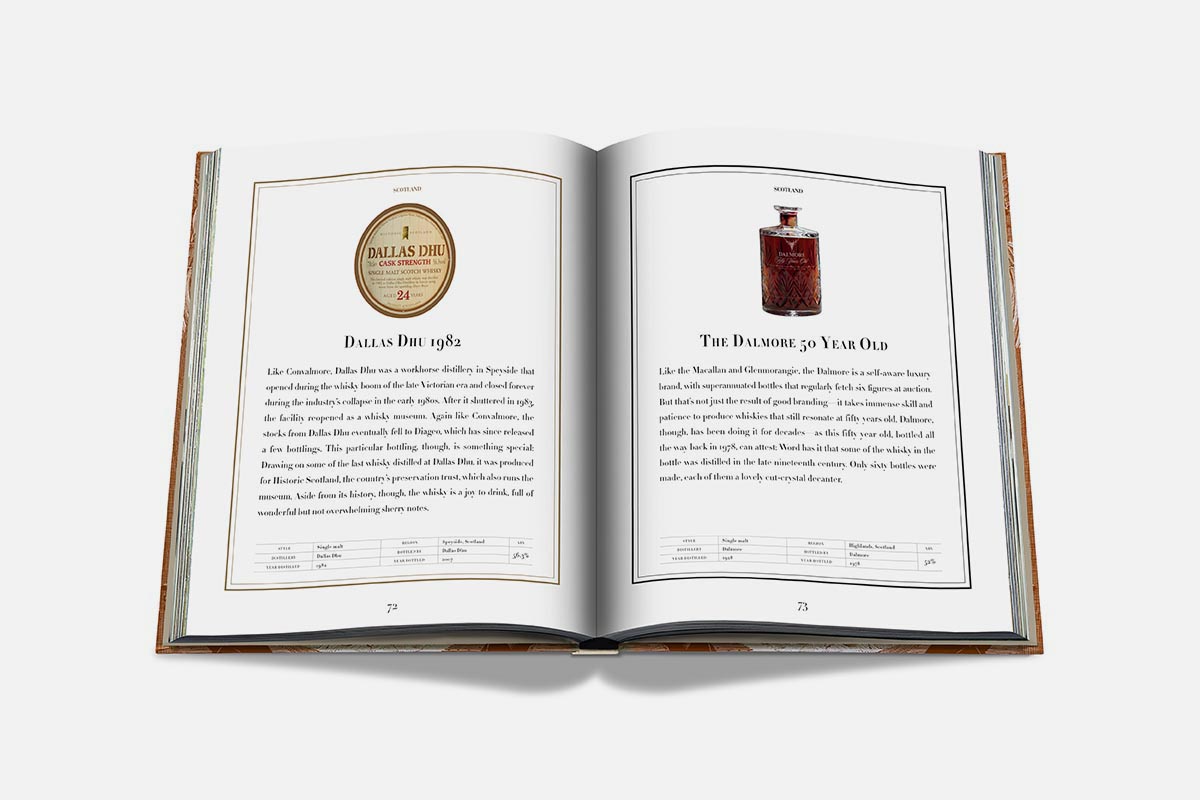
Below, more thoughts from Risen on his favorite tipple.
InsideHook: What was the inspiration for putting this book together?
Clay Risen: Assouline, the publisher, has produced several books in the “Impossible” series, covering wine, cigars and other collectibles. Whiskey was a natural next focus, especially with the explosion in worldwide demand for super-premium spirits over the last two decades. They approached me about writing it, and I didn’t think twice. What a fun exercise! It was not without its challenges, as you might imagine: compiling a list of 50 whiskeys is easy, and 150 is almost as easy, but trimming that list to exactly 100? That was tough. But most whiskey fans I know have a personal desert-island list of bottles; Assouline gave me the opportunity to assemble my list in an expansive, no-holds-barred way.
Have you tried every whisky in this book?
I wish! I’ve tried a lot of them, but in the end, the point of the book is aspirational, like a fantasy football team, but of bottles. These are the 100 whiskeys I would love to own, or at least try. I doubt many people in the world have tried all of these.
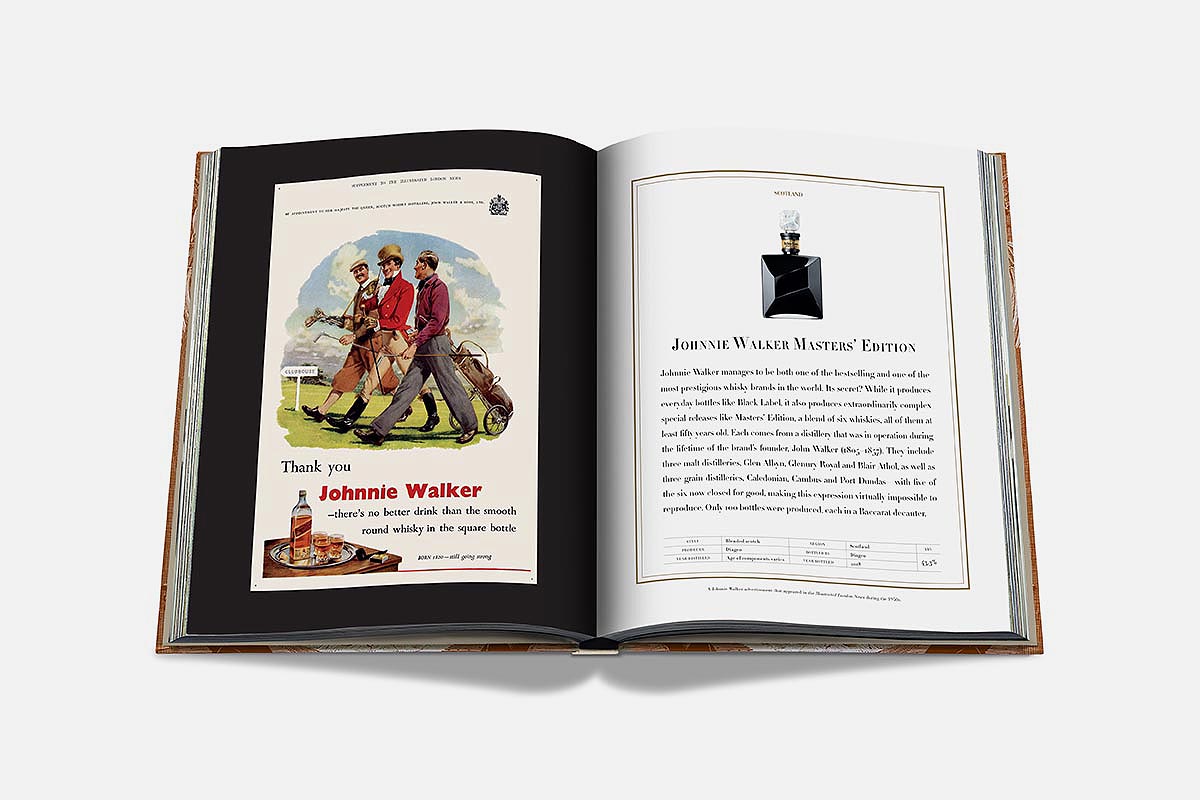
Many rare, “collectible” bottles do just that — gather dust in someone’s collection. Is it at all difficult for you to crack open one of these bottles once you obtain it?
Especially in the United States, it can be hard to track down prized expressions, given the web of state-level shipping laws and restrictions on private sales. But once I obtain a bottle, I find it pretty easy to drink even my most precious of them. Sometimes I want to wait for the right moment, but it’s never an issue of sacrificing a bottle, or losing money by opening one. I’ve never sold bottles I own, and I have no intention to. Whiskey is there to enjoy, but you can’t enjoy it if it’s corked up in a bottle.
What’s the most impossible bottle you own?
A.H. Hirsch 16 Year Old, with the gold foil. I have a few of them — I was lucky enough to come into whiskey at a moment when you could still find amazing bottles for almost nothing; they were just collecting dust. I’m almost ashamed to say how little I paid for those, and I’m very ashamed that I didn’t buy more.
What’s a bottle on the list that’s not from the usual countries of origin?
The 28-year-old Hammerhead, from the Pradlo distillery in the Czech Republic. It was distilled toward the end of the Cold War, when communist states were still trying to replicate western goods for domestic consumption, on the assumption that it could temper public frustration over chronic deprivation. In this case, Pradlo did a fantastic job, producing a whiskey that wasn’t just a good enough copy of a Scotch-style whiskey, but an admirable malt in its own right. I included it in the book largely because of its historic importance, though it wouldn’t have made the cut if it wasn’t also delicious.
Is there a younger brand that stands out now?
I include a whiskey from Amrut, in India; not long from now, I imagine I’ll be considering whiskey from its countrymate, the Paul John distillery. I think a distillery like Mackmyra, from Sweden, makes amazing spirits, and could also show up in a second edition. And there are any number of American craft distilleries that are making their mark with collector-worthy bottles, like St. George Spirits and Westland.
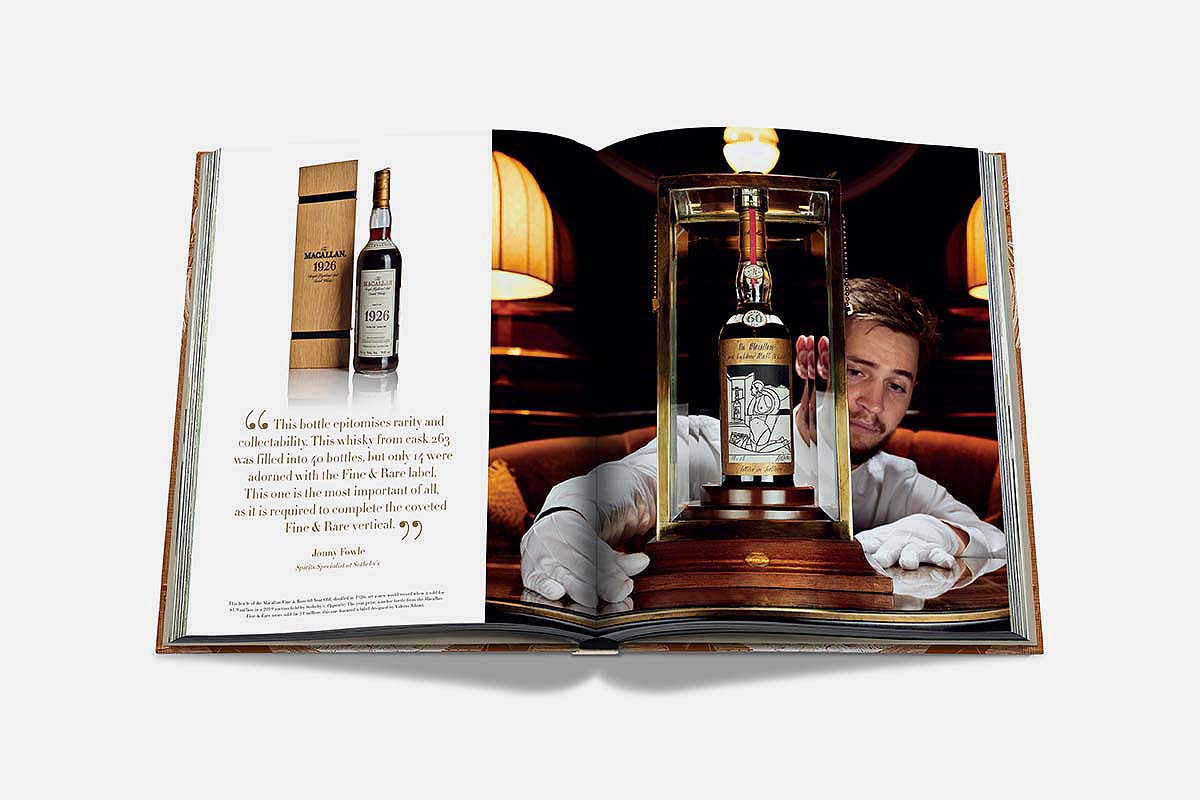
You talk a lot about the importance of the “story” behind the whiskies — is there one that particularly stands out to you?
I included the centennial edition of Elmer T. Lee largely for the story behind it. Lee was the longtime manager and master distiller at Buffalo Trace, back when it was known as the Stagg Distillery. He is considered one of the greatest whiskey makers in American history; in the 1980s he invented single-barrel bourbon, which jump-started the bourbon renaissance in America. More importantly, he and a few others like him, like Booker Noe of Jim Beam, held the bourbon industry together during its lowest years, in the 1980s. Without them, their distilleries, and the traditions of American whiskey making, might have collapsed. There is a regular-release expression named for Lee, and in 2019, on what would have been his 100th birthday, Buffalo Trace rolled out a centennial edition in his honor. Is it as good as, say, 1926 Macallan Fine and Rare? Probably not, but that’s not my point. To me, that bottle tells an important story. That’s why it’s in the book.
Every Thursday, our resident experts see to it that you’re up to date on the latest from the world of drinks. Trend reports, bottle reviews, cocktail recipes and more. Sign up for THE SPILL now.
